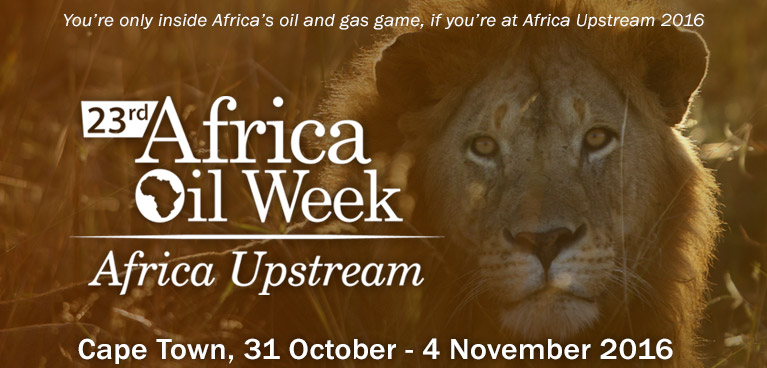By: Boma-Benjy Iwuoha
The semi-nomadic Maasai people who pride themselves as the authentic people of Kenya are predominantly located in Kenya and northern Tanzania of East Africa. They reside along the border of the two countries and are considered to be part of the Nilotic family of African tribal groups. It is estimated that about 1 million Maasai people live in Kenya and Tanzania. Maasais speak Maa, a Nilotic ethnic language from their origin in the Nile region of North Africa. In spite of the growth of civilization and modernism, they have laudably managed to sustain some beautiful aspects of their culture which make them one of East Africa’s most internationally famous attractions. Here are some 11 beautiful aspects about the Maasai people:
- They traditionally dress in animal skins. However, the typical Maasai dress of today consists of red sheets, (shuka), wrapped around the body and loads of beaded jewelry placed around the neck and arms. These are worn by both men and women and may vary in color depending on the occasion. Ear piercing and the stretch
- The Maasai tribe is a unique and popular tribe and due to their long preserved culture is considered the most authentic ethnic tribe of Kenya, despite education, civilization and western cultural influences, the Maasai people have clung to their traditional way of life, making them a symbol of Kenyan culture.
- Hing of earlobes are also part of Maasai beauty, and both men and women wear metal hoops on their stretched earlobes. The Maasai often walk barefooted or wear simple sandals made of cow hide.
- It is believed that the Maasai’s ancestors originated in North Africa, migrating south along the Nile Valley and arriving in Northern Kenya in the middle of the 15th century. The Maasai, Samburu and Camus people are historically related and all refer to their language as Maa, although they acknowledge mutual cultural and economic differences. They also speak Swahili, the lingua franca of East Africa.
- The Maasais are cattle and goat herders; their economy is almost exclusively based on their animal stock, from which they take most of their food: meat, milk among others. Moreover, the huts of the Maasai are built from dried cattle dung. In spite of their reputation as fierce warriors, Maasai culture revolves around their cattle.
- Despite the growth of modern civilization, the Maasai have largely managed to maintain their traditional ways, although this becomes more challenging each year due to increased urbanization. Maasai’s distinctive culture, dress style and strategic territory along the game parks of Kenya and Tanzania have made them one of East Africa’s most internationally famous tourist attractions. The Amboseli National Park, Nairobi National Park, Masai Mara Game Reserve, Samburu, Lake Nakuru, and Tsavo National Parks in Kenya and the Manyara, Ngorongoro, Tarangire and Serengeti parks in Tanzania all stand on what was once the territory of the Maasai tribe.
- There are numerous traditions and ceremonies performed by Maasai men. Perhaps best known is the warrior “jumping” dance; where young Maasai morani (warrior-youth) leap into the air from a standing position, in order to demonstrate their strength and agility.
- They take great pride in showcasing their culture; a warrior is of great importance and a source of pride in the Maasai culture. To be a Maasai is to be born into one of the world’s last great warrior cultures. From boyhood to adulthood, young Maasai boys begin to learn the responsibilities of being a man and a warrior. Their role is to protect their animals from human and animal predators, to build kraals (Maasai homes) and to provide security to their families. Through rituals and ceremonies, Maasai boys are guided and mentored by their fathers and other elders on how to become a warrior.
- Though they still live their carefree lives as boys – raiding cattle, chasing young girls, and game hunting – a Maasai boy must also learn all of the cultural practices, customary laws and responsibilities he’ll require as an elder.
- An elaborate ceremony – Eunoto – is usually performed to “graduate” the young man from their “moran” and carefree lifestyle to that of a warrior. Beginning life as a warrior means a young man can now settle down and start a family, acquire cattle and become a responsible elder. In his late years, the middle-aged warrior will be elevated to a senior and more responsible elder during the Olng’eshere
- Maasai children enter into a system of “age-sets” with peers where various life stages are marked with ceremonies. At the age of 14, young Maasai girls are taught other functional roles like how to build houses, make beadwork, and cook and clean their homes, by their mothers and older women as preparation for womanhood and on competition the girls are initiated into adulthood through a ceremony
The effects of modern civilization, education and western influence have not completely spared this unique and interesting tribe. Some of the Maasai tribe’s deep-rooted culture is slowly fading away. Maasai children now have access to education and some Maasai have moved from their homeland to urban areas where they have secured jobs, however, the Maasai’s authentic and intriguing culture is a tourist attraction on its own.
(Written by Boma-Benjy Iwuoha)



